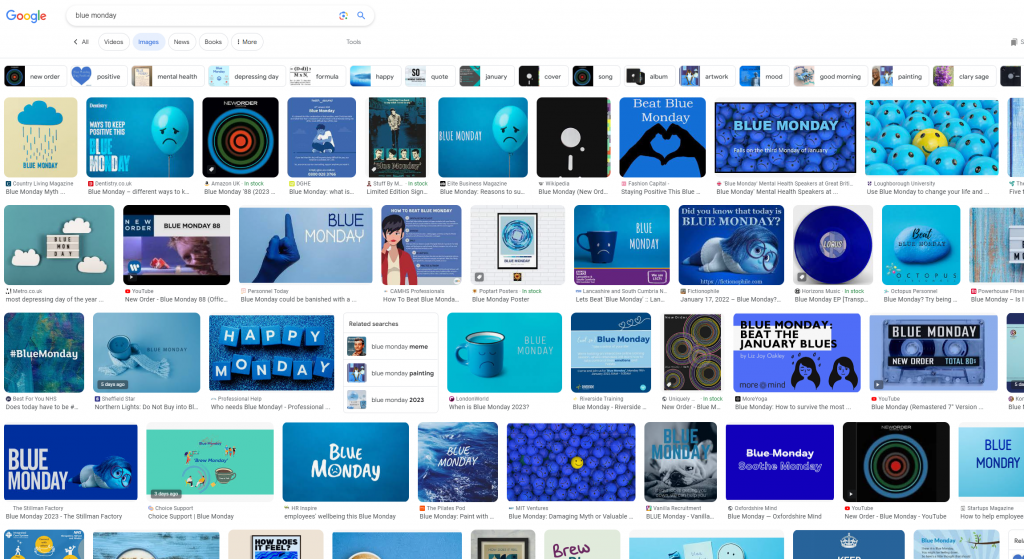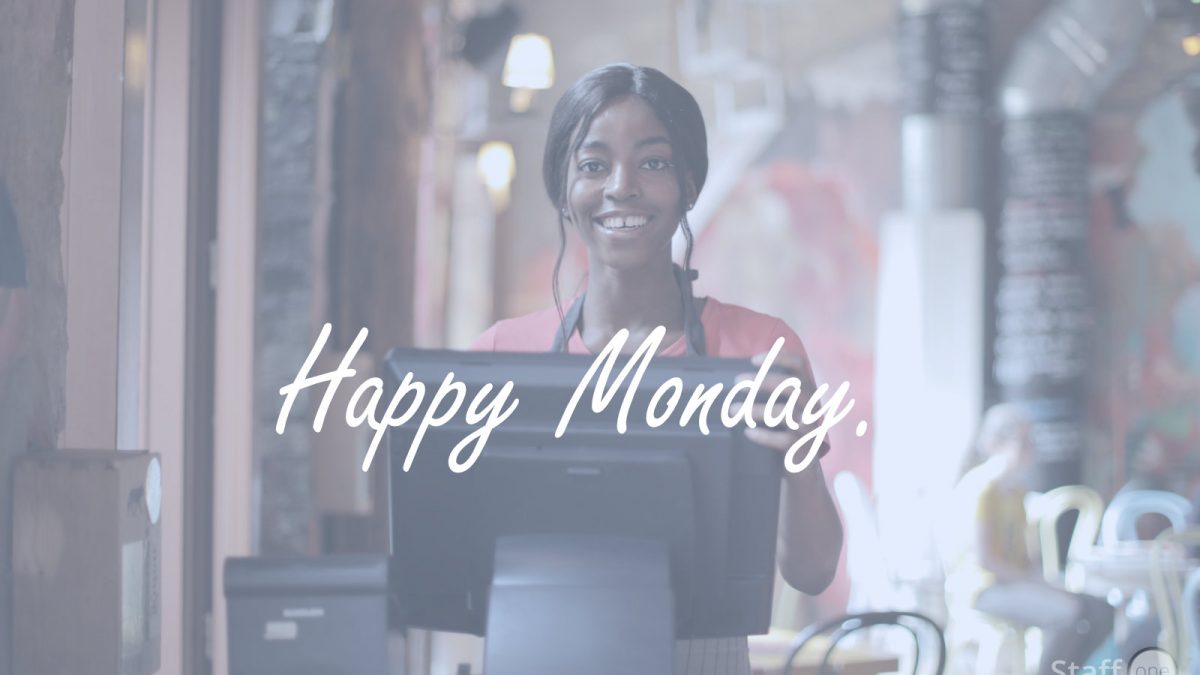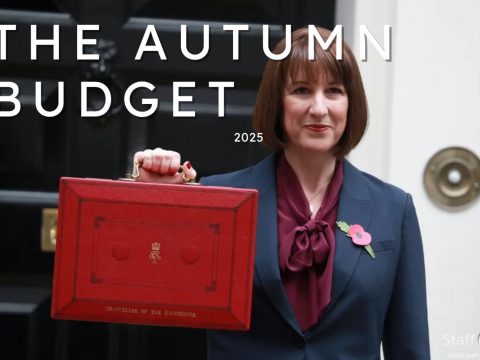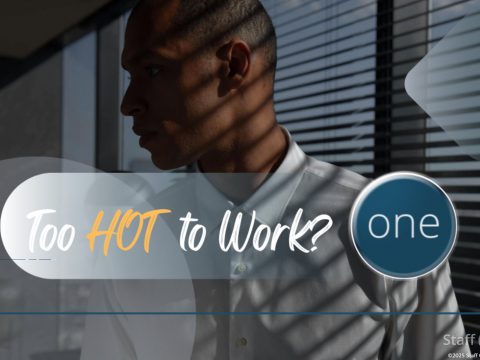- Contact us:
- 03300 535 600
- [email protected]

Navigating the New Terrain: A Guide to Holiday Rights Changes in Britain for 2024
January 2, 2024
Beyond Sun and Smiles: Protecting Seasonal Workers’ Rights in the UK
February 16, 2024It’s that time of year again! The winds are howling, the sun’s on snooze, and social media is awash with a familiar foe: “Blue Monday.” Supposedly the most depressing day of the year, a cocktail of post-holiday blues, financial woes, and resolution regrets. But here’s the truth: Blue Monday is about as genuine as a plastic smile. It’s a myth, a marketing gimmick, and frankly, doing your mental health a disservice.
Let’s unpack this fallacy, shall we? The origin story? A 2004 press release for a travel company, designed to boost holiday bookings. The “equation” behind it? A pseudo-scientific jumble of factors like weather, failed resolutions, and debt, thrown together by a mathematician hired for the campaign. Not exactly peer-reviewed research, eh?

Now, don’t get me wrong. January can be tough. The holidays are over, bills are back, and the weather’s less than inspiring. But feeling a bit down is different from plunging into some preordained abyss of despair. Labeling one day as universally “blue” ignores the complexity of human emotions and the power of individual experiences.
Here’s the real kicker: this myth can be harmful. It reinforces negative self-talk, invalidates real struggles with mental health, and creates unnecessary worry. It turns a potentially challenging day into a self-fulfilling prophecy.
So, what can we do instead?
- Challenge the narrative. Spread the word. Let’s reclaim January and make it a month of resilience, not resignation.
- Focus on self-care. Get some sunlight, exercise, eat nourishing foods, connect with loved ones. Do what makes you feel good, not what some arbitrary algorithm dictates.
- Seek help if needed. If you’re feeling overwhelmed, please reach out to a mental health professional or a trusted friend/family member. You don’t have to go through this alone.
Remember, Blue Monday is not a force of nature, it’s a marketing ploy. Don’t let it dictate your mood or limit your potential. This January, choose hope over hype, self-compassion over societal pressure, and embrace the possibilities that lie ahead. After all, even the coldest winter eventually gives way to spring.
Let’s make January a month of resilience, not gloom.




